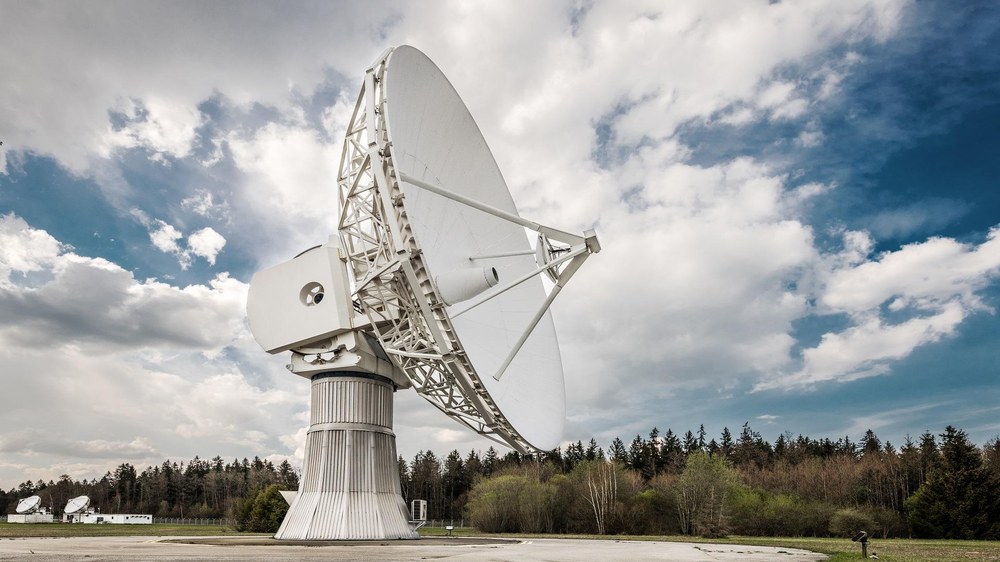The 30-metre antenna



The 30-metre antenna of the DLR Space Operations and Astronaut Training is based on a Cassegrain design and has an elevation / azimuth system for alignment with spacecraft. Originally designed as a transmission system for the joint German Aerospace Center (Deutsches Zentrum für Luft- und Raumfahrt; DLR) and NASA HELIOS Sun-monitoring mission, the antenna is now used exclusively for receiving data in the L, S, C and X bands, i.e. over a large frequency range from 1000–8440 megahertz.
Applications of the antenna include telemetry, telecommand and tracking data exchange between various spacecraft and the space control centre.
Present-day applications
Today, in addition to supporting deep space missions such as Hayabusa2, the 30-metre antenna is primarily used for conducting precision measurements on satellites in the European Galileo navigation system. The antenna is also used to gauge the signal quality of other satellite navigation constellations such as GPS or GLONASS.
